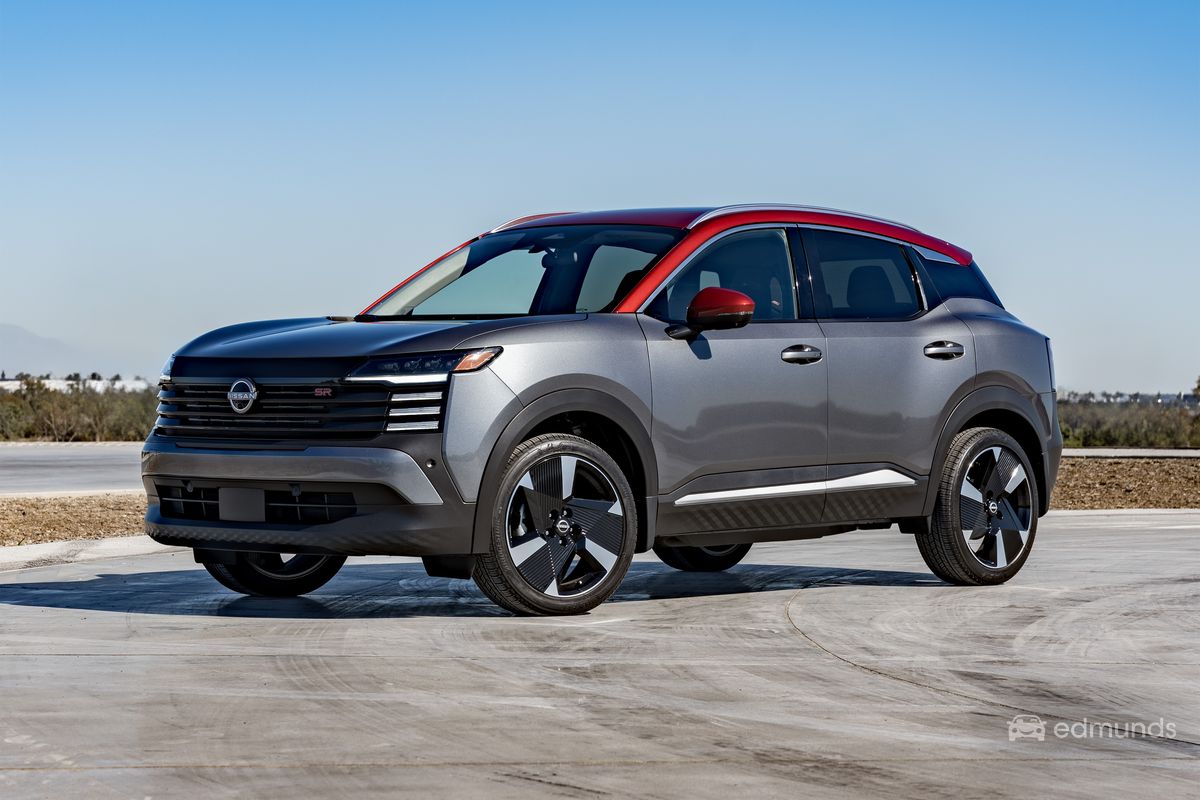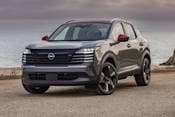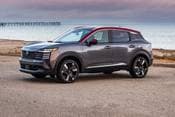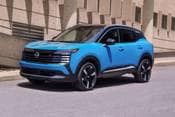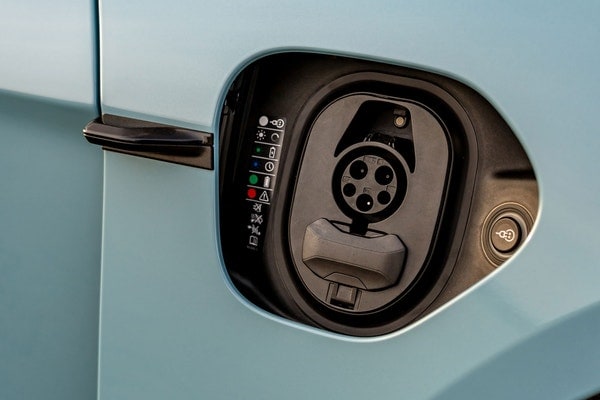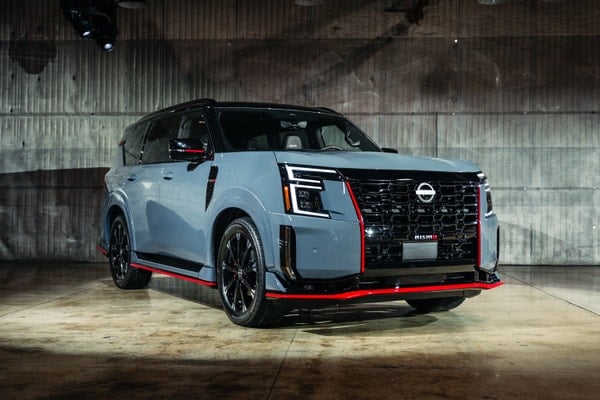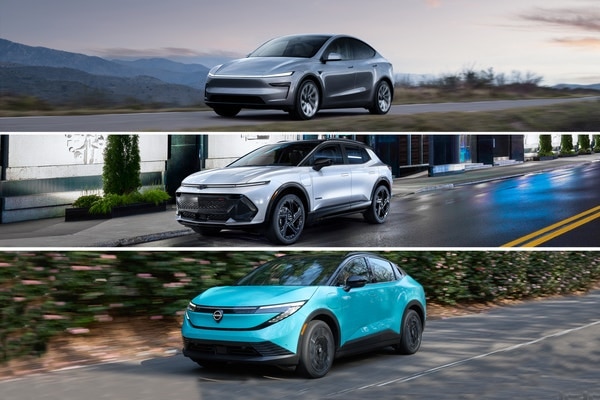2025 Nissan Kicks
Price Range: $21,830 - $27,680
Helpful shopping links
2025 Nissan Kicks video
Best SUVs Under $30,000: Subaru Crosstrek vs. Chevy Trailblazer vs. Honda HR-V & More
Looking for an SUV but don’t want something huge or expensive? From Chevy to Mazda to Subaru and more, Edmunds’ Brian Wong & Clint Simone line up nine of the top-selling subcompact SUVs to find out which one is the best for under $30,000. We’ll cover interiors, tech, cargo room and more.
PRICE CHECKER™
Check a dealer's price
Bring back a dealer's quote, and we'll tell you if it's a good price!
Check your price quote
Price:
$ -
Graph shown is a sample only
FAQ
Is the Nissan Kicks a good car?
The Edmunds experts tested the 2025 Kicks both on the road and at the track, giving it a 7.7 out of 10. Edmunds’ consumer reviews show that the 2025 Kicks gets an average rating of 4 stars out of 5 (based on 13 reviews) What about cargo capacity? When you're thinking about carrying stuff in your new car, keep in mind that carrying capacity for the Kicks ranges from 23.9 to 30.0 cubic feet of trunk space. And then there's safety and reliability. Edmunds has all the latest NHTSA and IIHS crash-test scores, plus industry-leading expert and consumer reviews to help you understand what it's like to own and maintain a Nissan Kicks. Learn more
What's new in the 2025 Nissan Kicks?
According to Edmunds’ car experts, here’s what’s new for the 2025 Nissan Kicks:
- Dramatically redesigned small SUV
- All-wheel drive is available for the first time
- Improved interior refinement, technology and driver assist systems
- 2025 is the first year for the second-generation Kicks
Is the Nissan Kicks reliable?
To determine whether the Nissan Kicks is reliable, read Edmunds' authentic consumer reviews, which come from real owners and reveal what it's like to live with the Kicks. Look for specific complaints that keep popping up in the reviews, and be sure to compare the Kicks's 4-star average consumer rating to that of competing vehicles. Learn more
Is the 2025 Nissan Kicks a good car?
There's a lot to consider if you're wondering whether the 2025 Nissan Kicks is a good car. Edmunds' expert testing team reviewed the 2025 Kicks and gave it a 7.7 out of 10. Our consumer reviews show that the 2025 Kicks gets an average rating of 4 stars out of 5 (based on 13 reviews). Safety scores, fuel economy, cargo capacity and feature availability should all be factors in determining whether the 2025 Kicks is a good car for you. Learn more
How much should I pay for a 2025 Nissan Kicks?
The least-expensive 2025 Nissan Kicks is the 2025 Nissan Kicks S 4dr SUV (2.0L 4cyl CVT). Including destination charge, it arrives with a Manufacturer's Suggested Retail Price (MSRP) of about $21,830.
Other versions include:
- S 4dr SUV (2.0L 4cyl CVT) which starts at $21,830
- S 4dr SUV AWD (2.0L 4cyl CVT) which starts at $23,330
- SV 4dr SUV (2.0L 4cyl CVT) which starts at $23,680
- SV 4dr SUV AWD (2.0L 4cyl CVT) which starts at $25,330
- SR 4dr SUV (2.0L 4cyl CVT) which starts at $26,180
- SR 4dr SUV AWD (2.0L 4cyl CVT) which starts at $27,680
What are the different models of Nissan Kicks?
If you're interested in the Nissan Kicks, the next question is, which Kicks model is right for you? Kicks variants include S 4dr SUV (2.0L 4cyl CVT), S 4dr SUV AWD (2.0L 4cyl CVT), SV 4dr SUV (2.0L 4cyl CVT), and SV 4dr SUV AWD (2.0L 4cyl CVT). For a full list of Kicks models, check out Edmunds’ Features & Specs page. Learn more
